Surprising Stories: Dining at Versailles: What happened to the Leftovers?
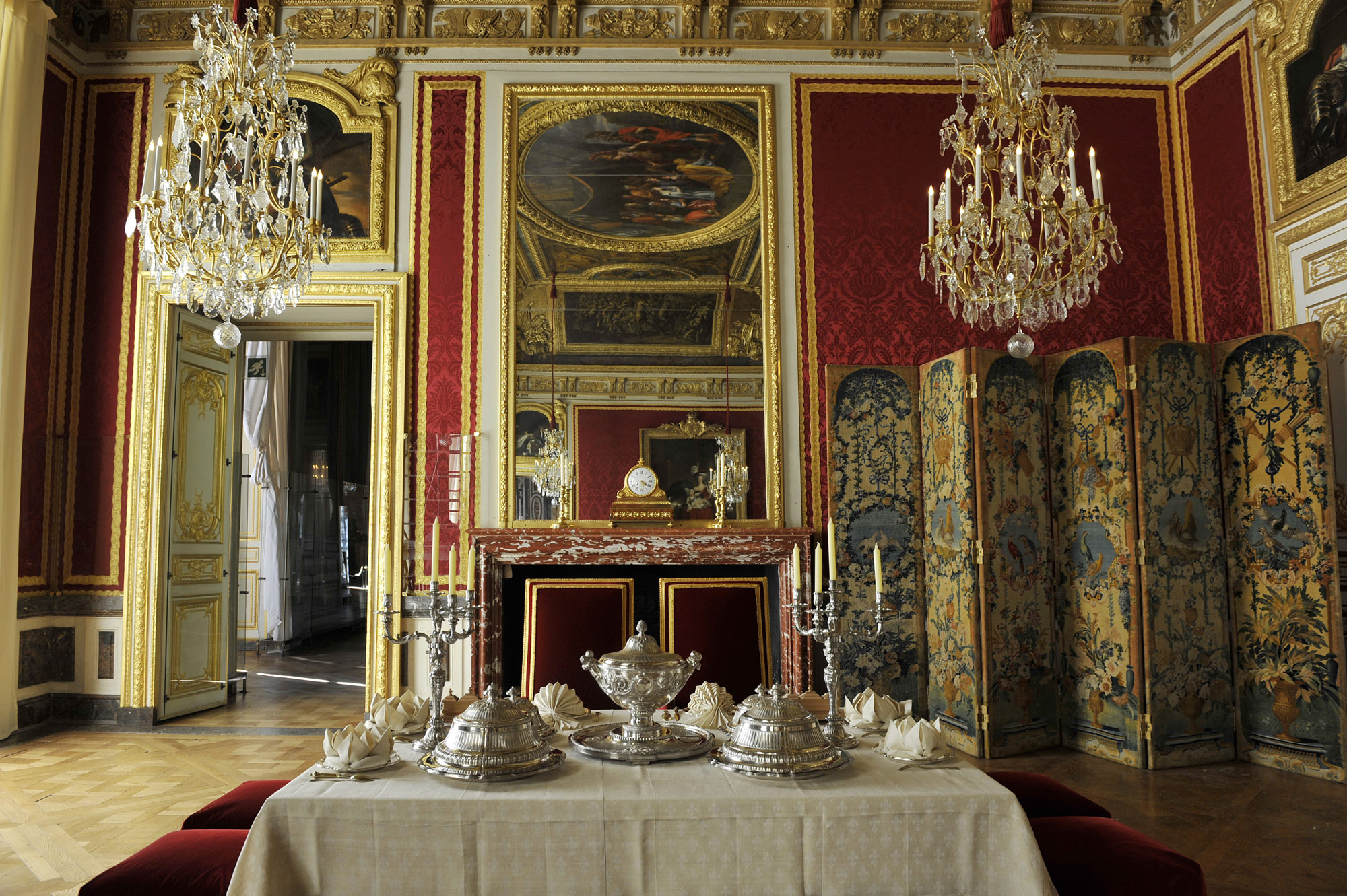
Antichambre du Grand Couvert de la Reine ©Chateau de Versailles
Louis XIV was the most conspicuous diner at Versailles. His meals represented the bounty of France, and his appetite was considered a sign of his good health and the well-being of the nation. Dining was a ceremonial occasion and was regulated according to a strict etiquette established during King Louis XIV’s reign. In the latest of our Surprising Stories series, we join the Sun King at his extravagant evening meal and then see what happened to the leftovers of his copious feasts.
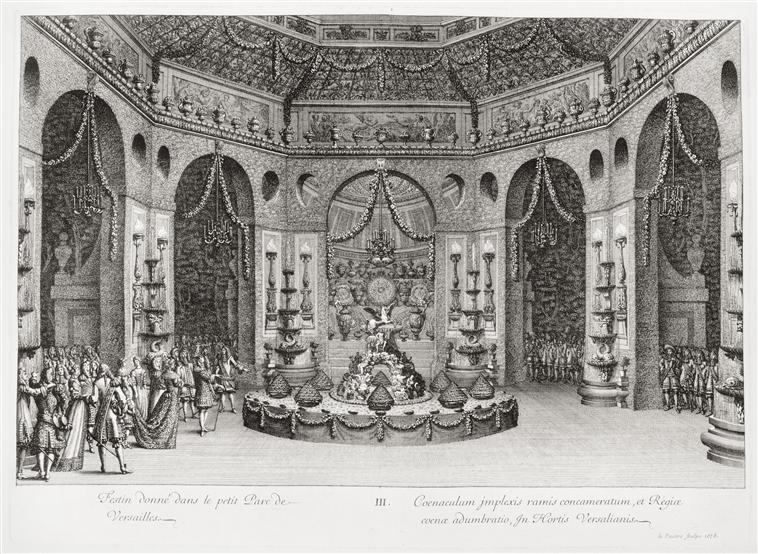
La Fête “le grand Divertissement Royal” donné par Louis XIV à Versailles, le 18 juillet 1668 Berain Jean I (1640-1711) (d’après) Lepautre Jean (1618-1682) Versailles, châteaux de Versailles et de Trianon
At 10 o’clock each evening, the king and queen were seated on high-backed armchairs in the room dedicated to the Grand Couvert – a guard room near the queen’s apartments that can still be glimpsed today when touring the Hall of Mirrors. A table was set (thus the French expression ‘mis le couvert’ or ‘set the table’) with a white damask cloth, silver and gold plates. The queen was seated on the king’s left, while only the sovereign’s children and grandchildren sat on folding chairs and shared the meal. Other courtiers and curious visitors were expected to watch the royal family while they consumed the sumptuous dishes.
The King’s cooking staff (la cuisine du roi) prepared the meals in the kitchens, located almost one kilometer away, on the ground floor of the South wing of the château. The food, covered to keep it warm and prevent poisoning attempts, was brought in procession from the kitchens to the dining table of the Grand Couvert. Unlike today’s meals, where plates are presented in courses, in the 17th and most of the 18th centuries, French service consisted of a number of dishes that were served at the same time, like a buffet, so that the table was constantly replenished.
Princess Palatine, Louis XIV’s sister-in-law, described the King’s voracious eating habits: “I have often seen the King eating four full plates of soup, a whole pheasant, a partridge, a big dish of salad, two slices of ham, some mutton with jus (sauce) and garlic, a plate of pastry and then fruit and hard boiled eggs.”We know that Louis XIV enjoyed eating, but considering that he was selecting from a buffet, even more elaborate than his appetite, what happened to the leftover foods?
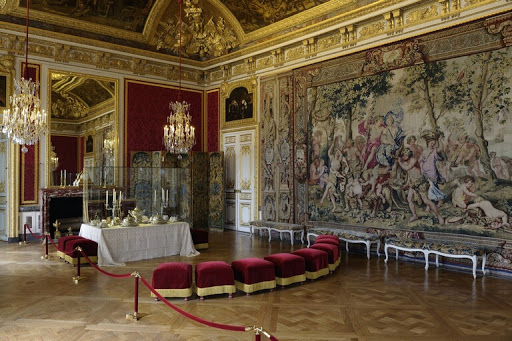
Antichambre du grand couvert. ©Chateau de Versailles
William Ritchey Newton has traced the trail of food once it left the royal table. After the King finished eating, usually after one hour, the allegedly untouched food traveled from la bouche du roi (the king’s service) to the court. Ranking officers were the first to receive the remaining food that they, in turn, were allowed to serve to their visitors, friends and other officers.
Once they had finished, the leftovers were removed from the table (de-sserte) and were passed down again, this time to the next level of officers and their families. Lesser administrative officiers, who lived at the Grand Commun on a rotating basis, then shared the food in a common room called the Serdeau. From here, those who served water (the Serd-eau) were allowed to sell the last remaining food to merchants who set up stalls, like today’s food trucks, nightly outside the château. In this final incarnation, the king’s leftovers were often served with pungent sauces.
While generations of chefs have admired French sauces, the heavily spiced recipes suggest that masking, rather than inducing, natural flavors inspired classic French cuisine!
Our tours connect the history of gardens to the art of dining. Enjoy learning about French royalty behind the scenes on our full day excursions to Versailles. We also offer a half-day excursion focused on Queen Marie Antoinette’s reign at Versailles. As an art historian and expert on the Versailles gardens, I am happy to custom design this excursion, or any of our tours. Start the discussion here.
———————
References:
1. Quoted from Barbara Ketchum Wheaton, Savouring the Past: The French Kitchen and Table from 1300 to 1789, New York, 1983.
2. Derrière la face, Vivre au château de Versailles au XVIIIe siècle, Paris, 2008.

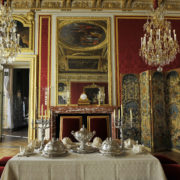
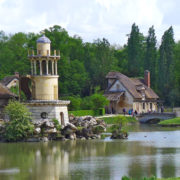
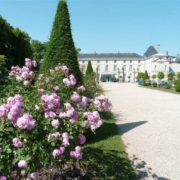
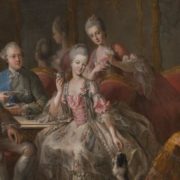

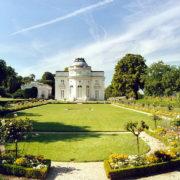
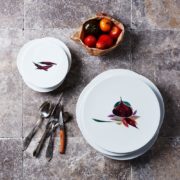


Leave a Reply
Want to join the discussion?Feel free to contribute!